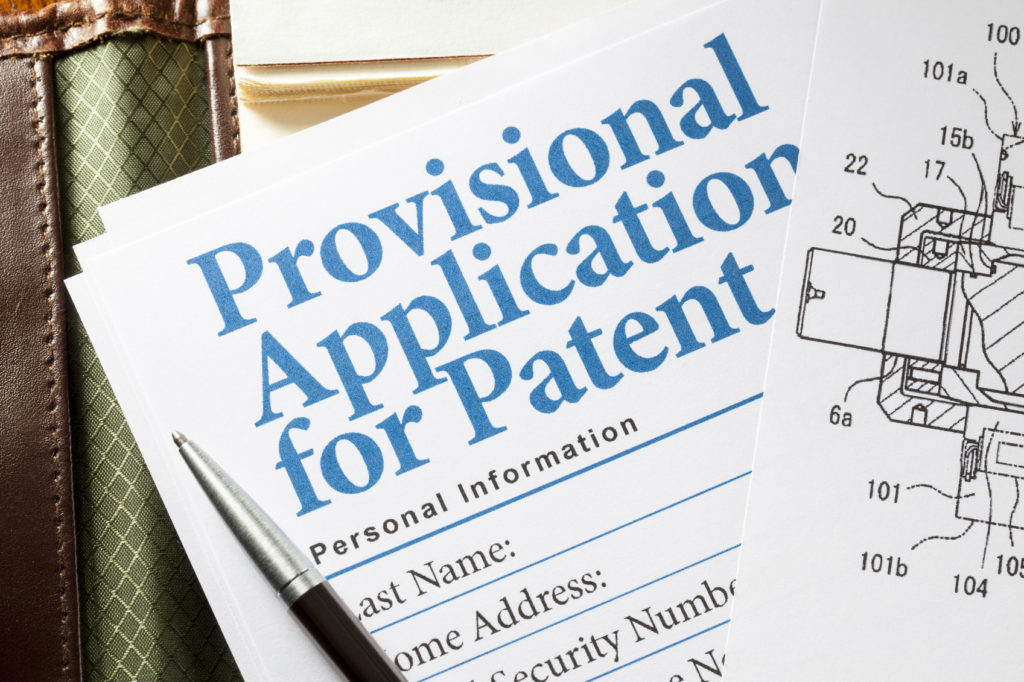Michael Van Loy is a Member in the Intellectual Property Section of the law firm of Mintz Levin.
Mike drafts and prosecutes patents and advises clients on IP issues in a wide range of technical fields in the technology and life science areas. He also represents investors in early stage companies with assessing the strength and value of these companies’ IP portfolios. Here he is to discuss The Value of Provisional Patent Applications for Startups.
The Value of Provisional Patent Applications for Startups
Mike’s take:
“Provisional applications are still an option. You have to mostly write it. A provisional application is never formally examined. It is basically a technical disclosure of your invention. There’s no requirement that it have anything. I’ve seen provisionals that were basically scrawled on the back of a napkin. The patent office will never look at it. It will get filed. You have a year from your first filing date of that provisional application in order to file a utility application to have it mean anything. If you don’t file something within a year that claims priority back to the provisional, then the provisional just goes away like it never happened. I envision it getting put into one of those crates that you see them wheeling off at the end of Raiders of the Lost Ark. It gets wheeled off into the warehouse, and no one ever sees it again. That probably doesn’t happen anymore. It probably just goes to some dark corner of the patent office’s intranet and never gets seen. With that said, while you can file something that is very scant as a provisional application, there’s a risk. The patent office will probably not look at your provisional application. In some instances, I’ve seen examiners look at the provisional application if they find intervening prior art.”
Mike continues:
“Let’s say you file the provisional application today, May 21, 2016. Then you didn’t file your utility application until May 1, 2017. Maybe someone else publishes something six months from now. If you were entitled to the priority date of your provisional application, then it would not be prior art. You created it. However, if your provisional application is so vague or lacks the details necessary to write a claim that’s actually allowable, then that prior art that was intervening could actually come and get you. Someone can argue and say, ‘You know you didn’t really describe what you’re claiming here in the utility application until you filed it.’ Certainly, we can take some technical document and file it as is. I usually don’t recommend that just because it helps to at least take one pass through. Let’s have a conversation about what we think we’re going to claim and what we think the important things are. Let’s make sure that we at least have description around that. Typically, when someone gives you a disclosure, it’s very easy to describe the problem. You can give a whole chapter and a half on what you do, but where is the interesting stuff? You really need the details around your secret sauce and what makes you new and different. Otherwise you run the risk that when you write your application later, it may not be entitled to that earlier.”
I really like Mike’s practical approach here, and I hope this gives you some good “food for thought” as you’re thinking through your intellectual property protection strategy.
This is Patrick Henry, CEO of QuestFusion, with The Real Deal…What Matters.
